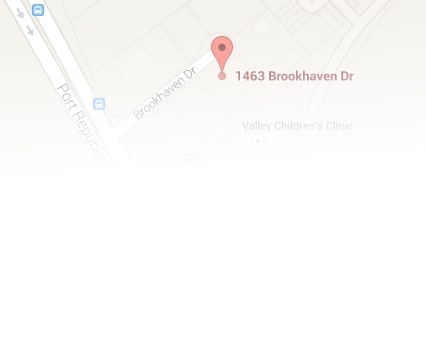There are two main defenses that are commonly brought against negligence claims: contributory negligence and assumption of risk. In part I of this series, we looked at defenses as a whole and discussed why it is important to understand what defenses may be brought against your claim. In part II of this series, we examined contributory negligence and when that defense applies. In our third and final piece of this series, we will discuss assumption of risk as we round out our understanding of defenses in negligence actions.
What is an assumption of risk?
The two types of assumption of risk—implied and express assumption of risk—are applied in different cases. For situations involving express assumption of risk, there exists a written or oral contract between two parties that asserts no one will be held liable for damages resulting from a contracted action. While this is an important distinction, personal injury cases more often than not instead involve implied assumption of risk.
Unlike express assumption of risk, implied assumption of risk does not require an advance agreement between the plaintiff and defendant; implied assumption of risk is applicable when the plaintiff’s act of engaging in a dangerous or risky activity demonstrates that the plaintiff accepts the risk and forfeits his ability to recover damages from injuries that occur due to the activity.
For a legal consultation with a personal injury lawyer, call (434) 817-3100
when does assumption of risk apply?
In order for assumption of risk to be applicable in a negligence claim, the plaintiff must have known the scope and extent of the risk of his action; he must also have willfully accepted that risk. Even if the plaintiff commits no negligent act, in some cases there still is an assumption of risk that will bar the plaintiff from receiving any compensation for injuries.
In our original example from the overview, our plaintiff willingly engaged in a pickup game of tackle football. Because it is known that injuries can result from a rough tackle, agreeing to play in the game constituted an implied assumption of risk from our plaintiff. Simply by entering the game, the plaintiff agreed to waive others’ blame for any injuries that ensue.
However, suppose our plaintiff knowingly engaged in a game of touch football. He entered into this game with the assumed knowledge that there would be minimal contact during the game, and no tackles would occur. If he then were to be tackled and injured, assumption of the risk would not apply. Because the game started under the pretense of being a touch football, not a tackle football, game, the plaintiff had no way to know the true scope of the risk he was assuming, and therefore would be able to recover damages.
call martinwren for support after your injury
After an injury, you need legal assistance to help you understand and recover damages that you are owed. The experienced legal team at MartinWren, P.C. Attorneys at Law is available and ready to represent you. Residents in Charlottesville, Virginia area can call a Charlottesville VA Personal Injury Lawyer for a free consultation.
For more information contact Robert E. Byrne, Jr. at (434) 817-3100.
Call (434) 817-3100 or complete a Case Evaluation form




